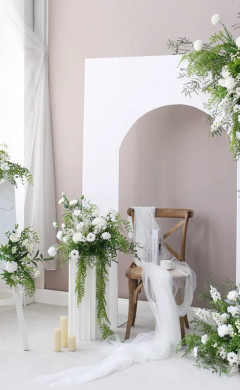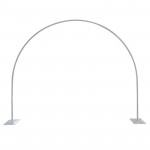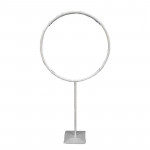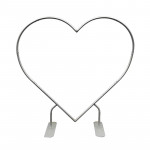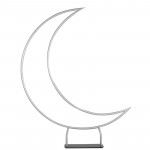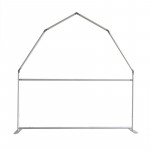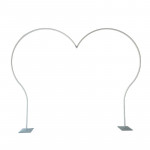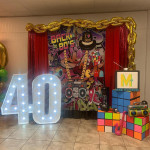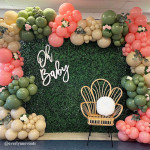Rainbow Flowers!
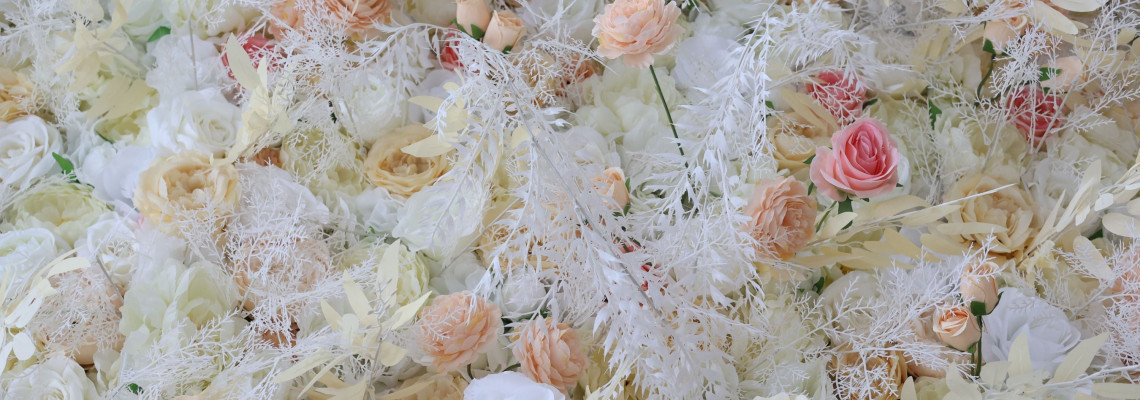
Rainbow Flowers!
Rainbows bring joy. You definitely can't help but smile when you see a rainbow—from Pride to the jug of gold at the end of the rainbow to the magic of witnessing one after a downpour. And since making rainbow flowers is a frequently asked question, here's a quick and straightforward method to do it and keep spreading joy!
What You'll Need:
What I used on these blossoms is as follows:
Primary color acrylic craft paint (red, yellow, blue)
Mix the paint with glycerin and water to make Sola wood flowers. Now for the confession: Oh, You're Lovely! To replicate the ROYGBIV color spectrum, I combined seven paint, water, and glycerin containers when I was preparing to start this blog. I had to wait in between colors so the flowers wouldn't become wet (which would allow the colors to mix into one another) as I spooned each color onto the bloom. That's when it dawned on me: we WANT the colors to combine to form a rainbow! Mother Nature is capable of handling the complex and challenging labor for us!
To begin, combine two ounces of paint with two ounces of water, then add a dash of glycerin.
Start with Yellow!
Start by dipping half of your flower into the yellow paint mixture once your colors are ready. Use your lightest color first to reduce transfer or impact in your other paints, as we will be dipping the flower into the different colors while it is still wet.
After dipping, try to remove as much extra paint as possible. When the bloom is incredibly moist but not dripping, you must dip it into the following color. You may quickly finish the procedure by placing your flower face on a paper towel to soak up any excess paint.
Red is Next!
This is when the fun begins!
Turn your flower about ninety degrees so the yellow portion faces either the left or the right side. Now dip the flower into the red paint mixture, covering one-third to one-half of its surface. You'll notice that your orange slice is now where the red and yellow paints converge!
Once more, you want to remove any extra paint before applying the following color. It's important to remember that this is a disorganized process! Paint will get all over your hands. You should wash and dry your hands after handling the flower each time you come into contact with wet paint. If not, the paint will seep into the raw area or between parts, changing the colors you want to use.
Finish the Rainbow with Blue!
Before putting the flower into your blue paint, rotate it once more. Be sure to cover the uncooked portion of the flower, some of the red (to create purple), and some of the yellow (to generate green).
This is the simplest method I have ever found for creating a rainbow flower, and I hope you will find it easy to duplicate as well!
Rainbow from the Bottom Up!
You'll need a spoon for the yellow paint to get this effect.
This is a more complex technique, but spoon yellow paint onto the flower's center, covering the entire surface. Recall that you will be using this to create the orange and green portions; therefore, you should only leave roughly 1/4 of either end of the flower unpainted or raw. Use a paper towel to wipe off any remaining paint from the bloom. If you hold it upright or upside down and let it drip down the flower, the yellow paint will go on the unfinished areas.
Dip Both Ends in Red!
After dipping the flower top in red paint, flip it over to remove any excess paint. Additionally, you want to dip the bottom of the flower into red to make the purple area.
The Last Dip!
Finally, paint the bottom of the flower blue, carefully hiding some of the yellow. My green portion is slightly splotchy because my blue paint container was not deep.
Nevertheless, look at this adorable little zingiber blossom!
There you have it, then! A simple, quick, and messy method for making rainbow flowers!
